The Origins of Tea
It is said that tea we know today was first discovered almost 3000 years ago by the Chinese ancestor Shennon. The legend of discovery tells us that he preferred drinking boiled to ensure it wouldn’t make him ill, and while on a trip to a distant region, a dead leaf from a wild tea bush fell into his boiling drinking water, Shennon drank it and found it very refreshing, and so cha (tea) came into being.
Scroll
Tea in China
Originating in China, today tea has spread around the world, and what began as a preferred drink for a single emperor has become one of the most popular beverages for millions. Traditional Chinese tea is generally classified into six categories: white, green, oolong, yellow, black and post- fermented, with additional categories for scented and compressed teas, but due to the variations of the Camellia Sinensis plant, researchers estimate there are over a 1000 variations of these categories.
Pu’Er tea: One of China’s great treasures
Grown and produced in the Yunnan province, Pu'Er or Pu-Erh tea is also often called vintage or aged tea and is one of China's great treasures. While other teas have become widely known, Pu'Er tea has only risen to prominence in recent years. Unlike other teas, high-quality Pu’Erh not only offers distinctive flavours, many avid drinkers say it provides an overall sense of well-being that they call “Qi”, which means “the flow of energy."
The Sunzen
Tea Collection
Clay Teapots
Metal Teapots
Tea
Along with metallic and clay teapots, our collection of tea related pieces includes some of the finest vintage Pu’Er teas. With an extensive history of discovering, experiencing, and collecting teas, we can help you find some of the most highly sought-after Pu’Er teas in the world.
Discover our full collection at the Sunzen Gallery
Visit Us




Clay Teapots
Metal Teapots
Tea
Pear-shaped Tea Pot
This pot, well-developed and full, is made with strict craftsmanship in proper kiln temperatures; upon its usage with tea water, it can become more likeable; with beautiful curves, it is a tea ware of great practicability.
Read More

Overview of a
Gongfu Tea Ceremony
Select One
Clean the set
Put in the Tea Leaves
Boil Water
Pour Hot Water
Scrape off
Tea Pot Showering
Cup Warming
Tea Pouring
Clean the set
The traditional tea set contains 1 serving cup, multiple tea cups and 1 tea pot. The tea sets need to be thoroughly cleaned, so the scent from the previous batch will not carry over.
Select One
Clean the set
The traditional tea set contains 1 serving cup, multiple tea cups and 1 tea pot. The tea sets need to be thoroughly cleaned, so the scent from the previous batch will not carry over.
Put in the Tea Leaves
Tea Leaves could easily absorb the scent from anything they are in contact with, therefore the leaves need to be put into the tea cups with a tea spoon. The finer tea leaves should be put at the bottom of the tea pot for easy pouring.
Boil Water
For the best result, the tea master will need to bring the water to a precise temperature. There are also three stages when it coming to water boiling; only using the hot water at the right stage can bring out the best taste in the tea leaves.
Pour Hot Water
When the hot water is finally ready, it needs to be poured into the pot. This process needs to be done carefully. The hot water needs to be poured into the pot not directly on to the tea leaves but along the edge of the pot.
Scrape off
When pouring the water into the pot, bubbles and some small tea leave chips will make their ways to the surface of the water. They will affect the taste of the tea, and the tea master will often use a special utensil to scrape them off.
Tea Pot Showering
After closing the lid, the tea master will pour more hot water on top to the entire tea pot. The purpose of this step is to bring up the temperature again, allowing the tea leaves to release the scent to the extent.
Cup Warming
The cups need to be at the right temperature before the tea gets pour into them, this is very important as the tea needs to be serve at the best condition. Tea master will use the reminder of the hot water to give tea cups a good rinse.
Tea Pouring
Finally, the perfectly made tea will be ready for pouring and to be enjoyed. The technique here is to “pour in circles”. Tea master will put the cups together and go around them in motions of circles when pouring, typically 7 to 8 rounds. Filling up a cup in one-time pour is generally not allowed.
Discover Our Other Specialties
Subscribe
Sign up to our newsletter to be notified of upcoming events, exhibitions and new additions to our collation.
Monday – Friday: 10:30 AM – 6:30 PM | Saturday: 11:00 AM – 6:00 PM








